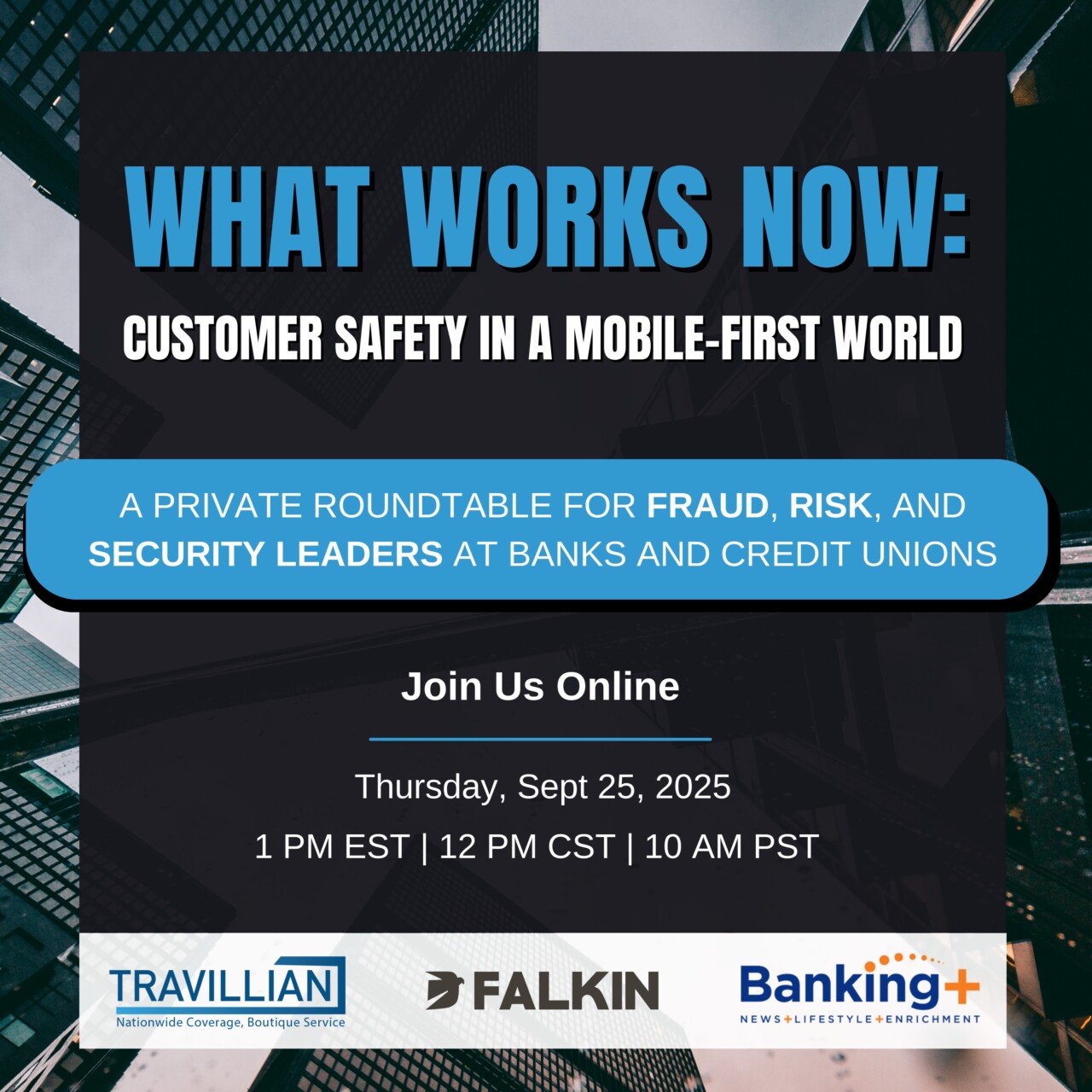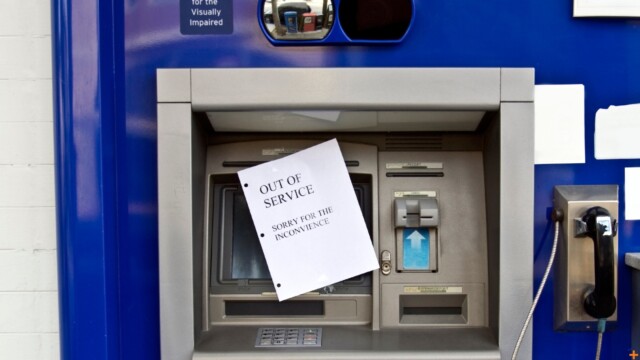The Threat of “Pig Butchering” and FinCEN Advisories
Scammers now use sophisticated social engineering, AI-augmented voice cloning, and long-style cons — sometimes called “pig butchering” — to convince victims to send large sums quickly. The Wall Street Journal has chronicled how these schemes are increasingly successful and can leave victims terrified and reluctant to seek help. In the aftermath, regulators and even plaintiffs’ attorneys are asking whether banks did enough to stop transfers once red flags appeared.
At the same time, authorities expect banks to file Suspicious Activity Reports (SARs) and adopt best practices to identify elder financial exploitation. FinCEN and the CFPB have published advisories and interagency statements explaining when institutions should act and what details to include when reporting suspected abuse. These advisories now serve as examiners’ baseline when judging whether a bank’s actions were sufficient.
FinCEN, CFPB, and the New Standard for SAR Narratives
Regulators are clear: Banks should file a SAR whenever they know, suspect, or have reason to suspect exploitation or suspicious activity. The FFIEC’s BSA/AML manual and FinCEN’s elder exploitation advisory both highlight three expectations for frontline staff:
- Preserve evidence
- Gather relevant caller and payment details
- Include narrative context that helps law enforcement
The CFPB and related agencies further encourage the use of holds, trusted contacts, and escalation protocols to protect vulnerable customers. FinCEN emphasizes that SAR narratives should capture communication patterns, behavioral signs, and timing of funds movement. In practice, this means documenting conversations carefully and, where permitted, placing temporary holds to give investigators more to work with.
The Community Bank Advantage: Scale vs. Judgment
Large institutions benefit from scale and centralized fraud analytics. They deploy monitoring engines, cross-product lookbacks, and fraud operations centers that apply standardized rules to flag risky transfers. That can provide consistency and speed.
But scale has a downside. Rigid scripts and form-driven processes can create a “checkbox culture,” where an agent approves a transaction simply because it technically meets policy requirements. The Wall Street Journal has reported that regulators have questioned whether some big banks relied too heavily on form over judgment in high-profile cases.
By contrast, community banks lean on human relationships and local knowledge. Tellers and managers often know their customers’ voices, typical balances, and family dynamics. That familiarity makes it easier to spot unusual behavior or urgency around a wire request. American Banker has noted that state-level “hold” laws and trusted-contact statutes are becoming valuable tools for these smaller institutions, allowing them to pause disbursements and involve family or advisors when needed. The community model is less automated but often more intuitive — and sometimes more effective at stopping fraud.
The Evolving Role of the Frontline Banker
Large banks rely on standardized questions to meet regulatory expectations and record customer intent. These scripts can help identify common fraud patterns, but they can also fail when a customer is under duress. Someone coerced can still answer “yes” to a checklist while quietly panicking. Regulators have urged banks not only to document answers but to observe body language, inconsistencies, and third-party involvement — and to escalate when circumstances do not add up.
Community bankers often take extra, informal steps. A branch officer who knows the customer might decline a phone-based wire, ask the individual to come in person, or contact a trusted individual if state law allows. Officers may also explain the risks of the transaction, suggest holding funds temporarily, or file a SAR quickly if details remain suspicious. These interventions are rooted in human judgment, not policy paperwork, and have been credited by American Banker coverage with preventing significant losses.
5 Red Flags to Spot Duress-Driven Transfers
The CFPB highlights several warning signs that should prompt closer scrutiny:
- Urgency pressure: the customer insists on moving funds immediately or cites threats of arrest
- Unusual destinations: funds sent to crypto exchanges, gift card purchases, or overseas accounts
- Third-party control: another person directing the customer, either by phone or in person
- Inconsistent behavior: a typically cautious customer suddenly approves large outflows
- Repeated attempts: multiple tries to move funds after an initial decline
FinCEN and the CFPB both stress that documenting these patterns in SARs gives investigators valuable context. When more than one of these red flags appears, the transaction should be treated as high risk and escalated without delay.
Empowering Your Bank Staff for a New Standard in Fraud Prevention
For employees on the ground, an effective playbook includes:
- Pause and document. If a red flag appears, pause the transaction where possible and record exactly what was said. FinCEN wants narrative context, not just numbers.
- Escalate quickly. Route the case to a fraud or elder-exploitation specialist rather than clearing it with a checklist. Regulators increasingly scrutinize escalation.
- Use legal holds and trusted contacts. When state law allows, involve a designated contact or impose a temporary hold. The ABA reports these measures reduce fraud losses.
- Train for empathy and observation. Staff should be trained to recognize signs of fear, confusion, or scripted answers. The CFPB underscores that human judgment is as important as technical compliance.
The Board’s Role in Proactive Fraud Protection
Duress-driven transfers are both a reputational and regulatory risk. Big banks must resist overreliance on scripts and centralized decisioning that ignore local evidence. Community banks need to formalize escalation pathways so that front-line vigilance is not left to a single teller’s discretion.
Boards should ask for metrics such as average escalation time for suspected elder exploitation, SAR filing quality reviews, and loss rates on transactions that triggered internal red flags. Regulators increasingly expect that data.
Reduce Bank Risk with Conservative Judgment
There is no single bright line. The safest rule is straightforward: when red flags accumulate, transactions should be treated as potentially coerced. That requires pausing where permissible, escalating promptly, documenting carefully, and involving trusted contacts or law enforcement when needed.
Large institutions can combine analytic scale with human judgment. Community banks can formalize the instincts that already make them trusted defenders. For both, the measure of success lies less in the number of wires completed quickly than in the disasters quietly prevented.



















